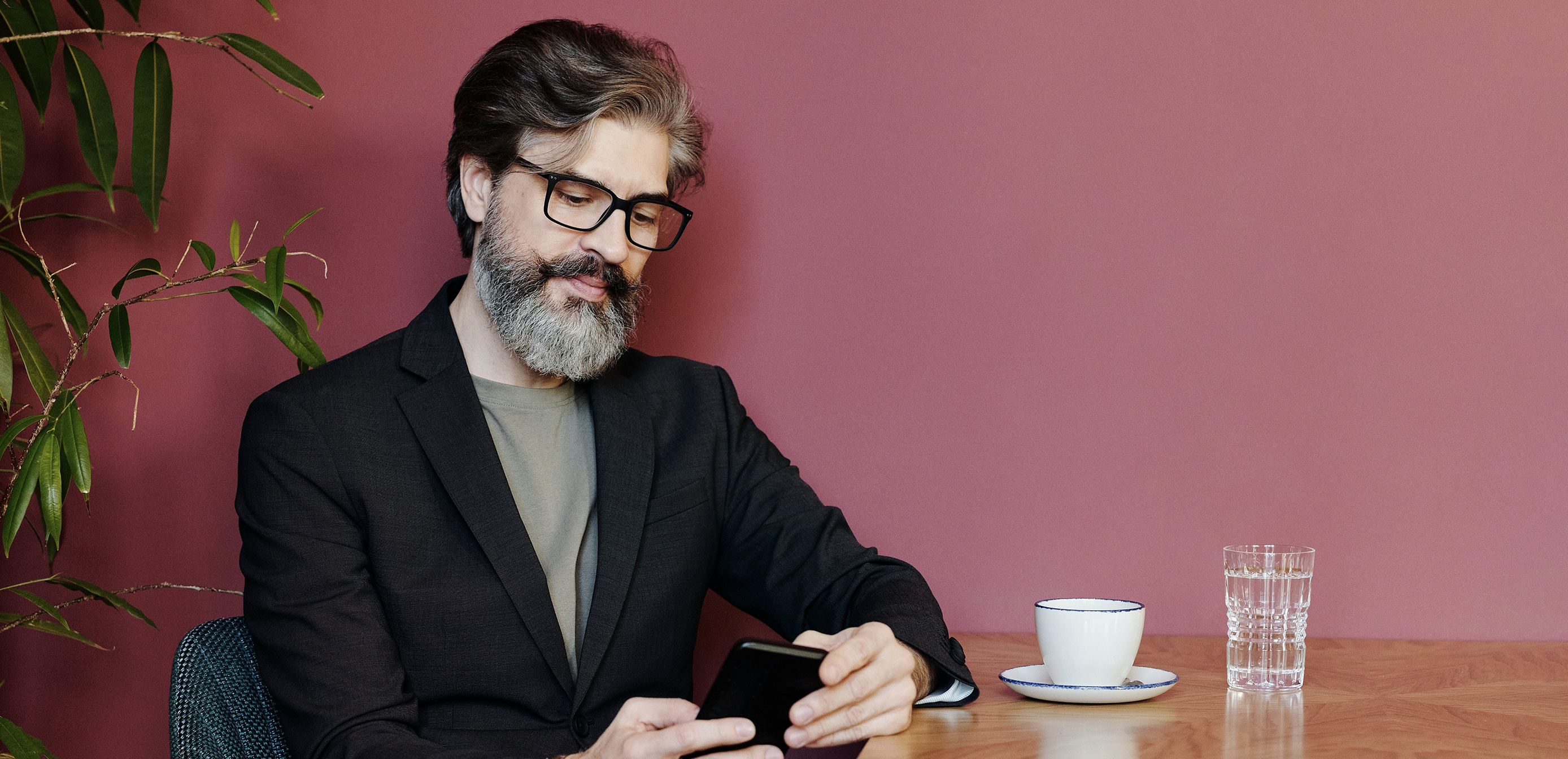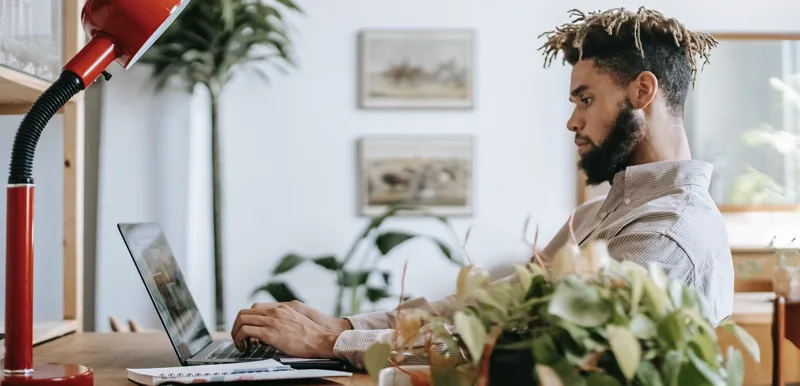
What are supplier invoices and how do they work in accounting?
If you’re new to accounting and unsure about supplier invoices you’re in the right place! Here’s what you need to know to make sure your accounting is correct.
What is a supplier invoice?
Supplier invoices are issued by sellers, or ‘suppliers’ for goods or services you have purchased for your business. Usually they have a credit period before payment.
A supplier ledger is a register containing information on which invoices have arrived from which suppliers, which have been paid and other information about the suppliers.
You’ll be able to see a breakdown of your different suppliers and how much you’re paying. When you’re looking to cut costs, checking out your supplier invoice information can be really helpful to see where your money is going.
How do supplier invoices work in accounting?
Supplier invoices work differently in accounting to an invoice that you would issue to your customer. This is because the payment is outgoing, instead of an incoming sale.
If you’re using an accounting software you will record a supplier invoices in the Supplier invoices section, or record the transaction as a supplier invoice. You should also upload the invoice to your software so you keep the right records.
Not only do you record receiving the invoice, but you need to record the payment too. If you make payments by instalments make sure your accounting software supports recording these transactions.
How you record your payment depends on what type of accounting you’re using. If you use the accrual (invoice) method, the purchase is recorded on the invoice date as an account payable. If you use the cash method, the record is saved provisionally as a supplier invoice until payment is registered.
What about fixed assets?
The most common way of paying for a fixed asset is by receiving a supplier invoice. If you’re using accounting software, it’s easy to record your supplier invoice purchase as a fixed asset.
A fixed asset is something you have purchased for your business that has a long term life time in your company, and will be used for at least 3 years. How you record fixed assets in your accounting depends on how you choose to spread the cost over the lifetime of your asset.
Find out more about fixed assets and how to record them in our guide
Manage your finances with Bokio
Keeping a close eye on your finances is really important. Using an accounting software like Bokio is a great way to see how your business is performing so you can budget for the future.
With Bokio accounting software, you can do your bookkeeping and invoicing in the same place. We have everything you need to help you prepare for your Self Assessment tax return, submit your VAT Return for Making Tax Digital and keep the right financial records. If you need an extra hand, we can help you find an accountant to work with.
Accounting is kept simple with Bokio, so you have more time to spend running your business.

